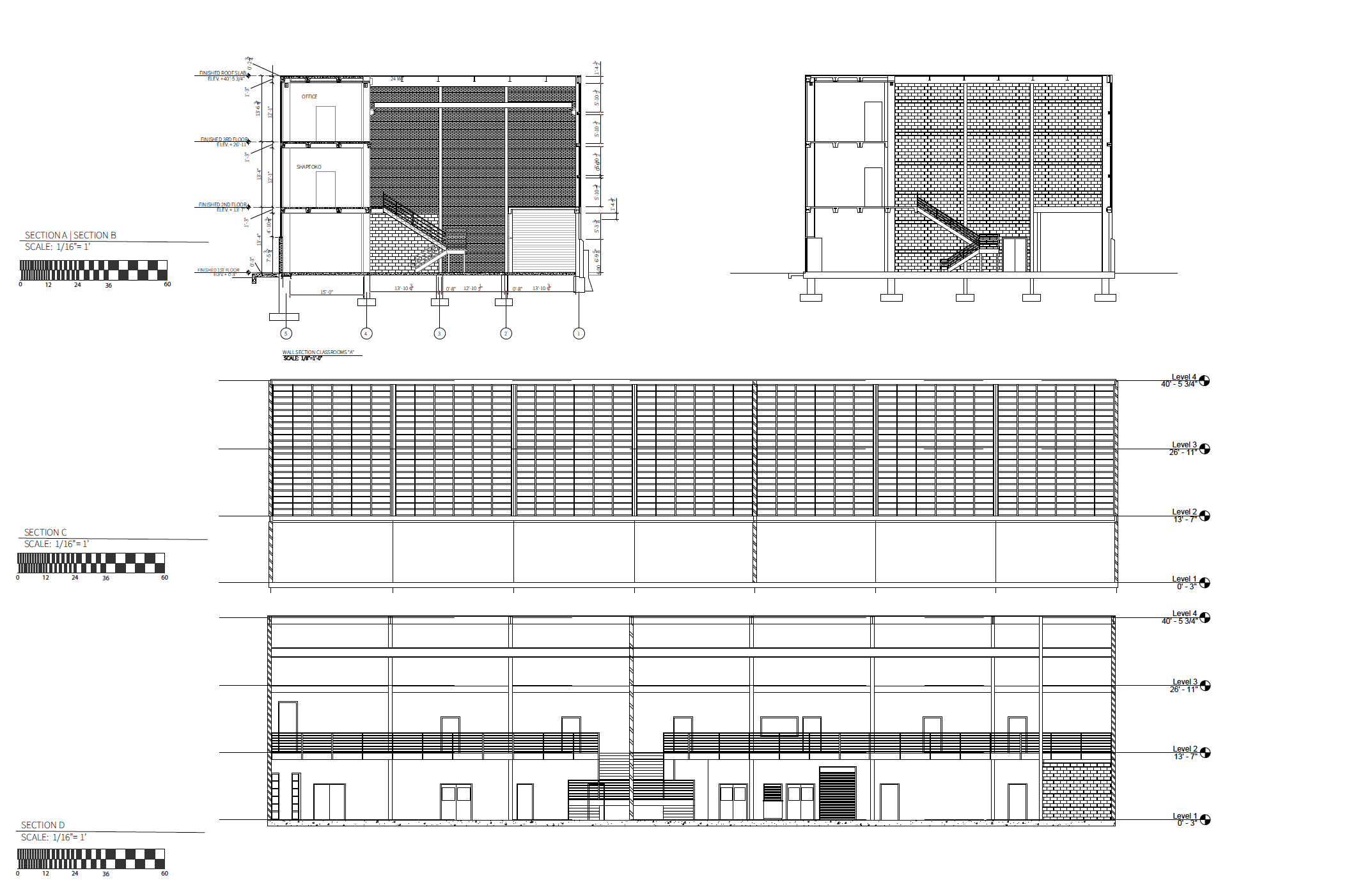Student-Drafted Drawings of Minerals and Metals Building to Enter Library of Congress

When it opened in 1943, the Armour Research Foundation Metals Research Building—- colloquially known as “Minerals and Metals”—became the first building designed by Modernist architect Ludwig Mies van der Rohe as part of his master plan for the Illinois Institute of Technology campus.
Nearly 80 years later, Minerals and Metals will mark a new premiere, becoming the first Illinois Tech building to be accepted into the Library of Congress through the Historic American Building Survey (HABS) program. HABS was created in 1933 to cultivate and preserve detailed records of the nation’s historic architecture and is the oldest federal architectural preservation program in the United States.
As part of a summer course led by Illinois Tech professors Frank Flury and Ezgi Bay, a team of five students pored over the building, measuring every surface, documenting every detail, and referencing scans of original architectural drawings to understand how the current building compares with the original Mies plans.
“Over the summer we would meet on Zoom for about eight hours a day, three days a week, for about six weeks,” says Marcos Mercado (B.ARCH. ’21). “For the first couple of weeks, we would go to the building alone, take measurements, and then correlate them with the original drawings. It’s a large building and there are lots of details, so I think the fact that we were able to get it done [in this time frame] is pretty impressive.”
The project was born of Flury’s 2020 Summer Design/Build studio whose initial aim was to build a small timber community building in Kratovo, North Macedonia. But when COVID-19 halted international travel, Flury decided to have students assess the current design of Minerals and Metals and propose potential improvements to the space. Knowing that precise documentation would be needed for such an endeavor, Flury had the students document the building according to HABS standards.

Not only was getting the building on the HABS register a first for the university, the drawings enabled the students to create a precise digital model of the building in Autodesk Revit. That model can be used in the design of future improvements to the building as well as in managing and analyzing it for energy and maintenance purposes.
“The buildings might change, or they might even get demolished. But if they are drawn, registered, and archived, we have an important preservation tool and record,” says Flury. “Moreover, with today’s visual information technology, we can also use the drawings to help us analyze how to most effectively and appropriately invest in our physical infrastructure.”
As of July 2021, the drawings have met all of the requirements set by HABS and will soon enter the Library of Congress. They were also submitted for the Charles E. Peterson Prize, which is the National Parks Service’s student competition for measured drawings.
Though the Minerals and Metals HABS project was a creative solution to a problem presented by the pandemic, Flury hopes to lead more student-drafted HABS projects, creating an extraordinarily detailed archive of the university’s historic campus buildings in the Library of Congress that can be utilized by future architects, historians, preservationists, and researchers.